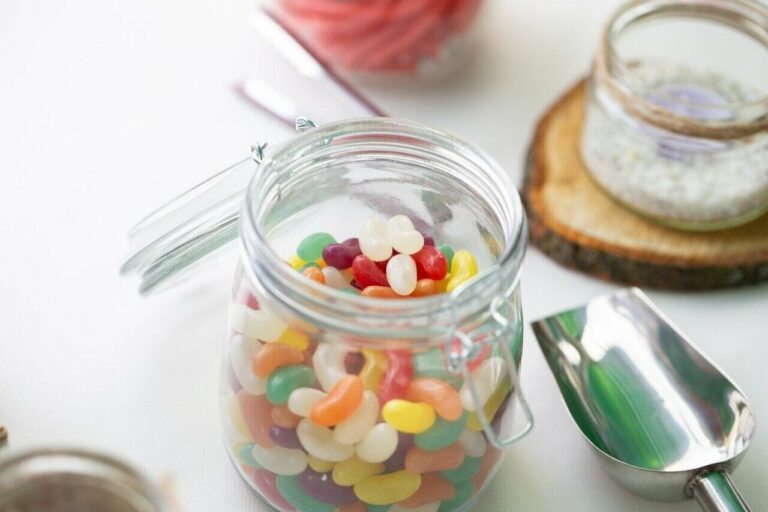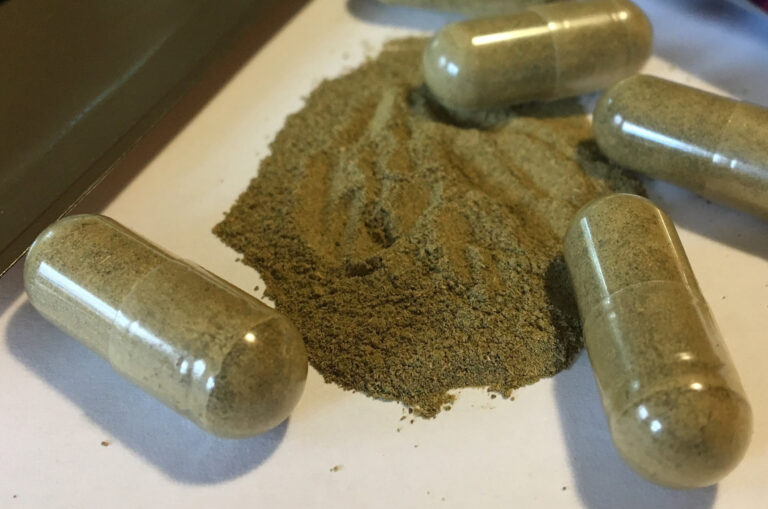Nowadays, it’s important for every household to learn about the basics of plumbing. Why? Because plumbing issues might cost you hundreds and even thousands of dollars just to fix single clogs. See? But if you have an idea on how does a plumbing works, you can have the guts to fix it for yourself, and then you’re saving your wallet for more worthy expenses.
Plumbing is essential in every household or places. It provides the comfort of your needs that involves water and the likes. It is a system which controls the water from different the kind of usage. Plumbing system uses a different type of pipes, valves, water tanks, waste tanks, plumbing fixtures, and other equipment which handle the flow of the water.
Different Types of Plumbing Pipes
- PEX Piping: It is flexible and plastic piping that is usually leak-free. It is recommended for indoor water distribution. But it is a bit pricey compared to other plumbing materials. It is most commonly used in business places and residential houses.
- Copper Piping: This is the most common plumbing material. It is the most durable and reliable when it comes to corrosion. It can also be used in both cold and hot water. But this type of plumbing material is not appropriate for a DIY, you’ll need the help of a professional such as plumbers Brisbane Southside.
- PVC Piping: It is commonly used for drinking water and sewage-related implementation.
- Galvanized Piping: Actually using a galvanized pipe for the drainage is not recommended due to a possible rust buildup. It is commonly used in most gray waters such as baths and sinks.

Popular Types of Plumbing Materials
- Sink Auger: Most commonly known as canister auger or a drum auger is one of the most common tools to break and clear clogs in your skins and bath drains.
- Toilet Auger: Same with the sink auger, but is used to clear clogs in your toilets only. Don’t use this to your sinks, because they have different physical appearances and usage. Toilet auger has a long metal rod with a slight bend at the end of the rod to reach the hole at the bottom.
- Toilet Plunger: This is the most popular buddy of DIY plumbers out there. It is a special plunger that is designed to clear clogs in the toilet. It has a rubber flap below the plunger head which helps to secure around the hole at the bottom of the toilet. It simply creates a high hydraulic pressure which helps to unclogs unwanted wastes and residue from the toilet bowl.













